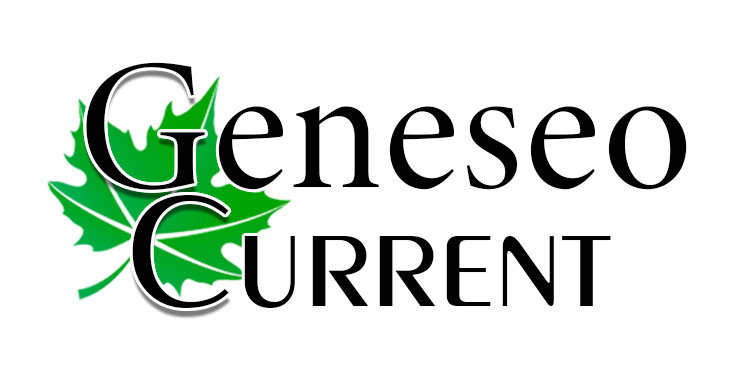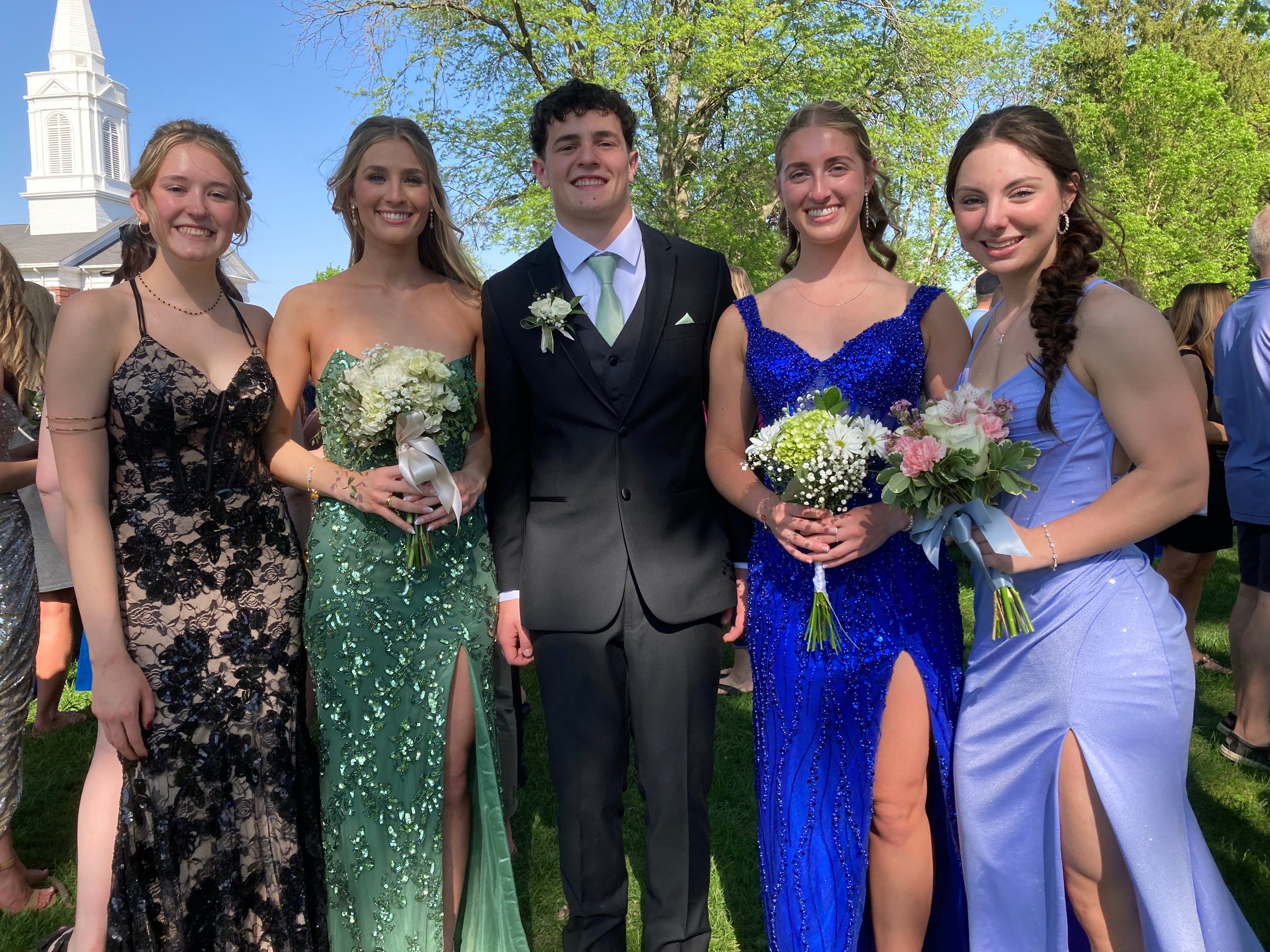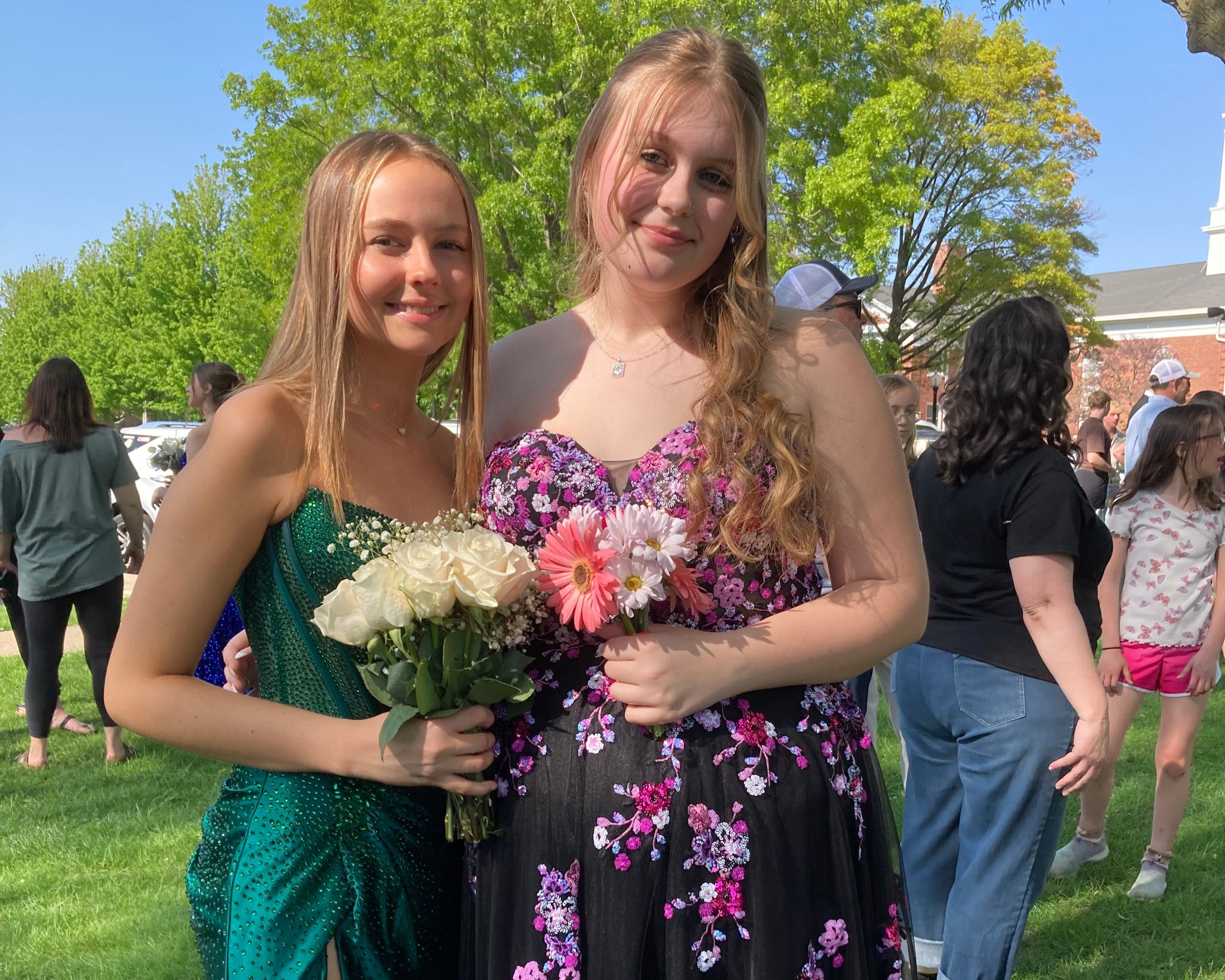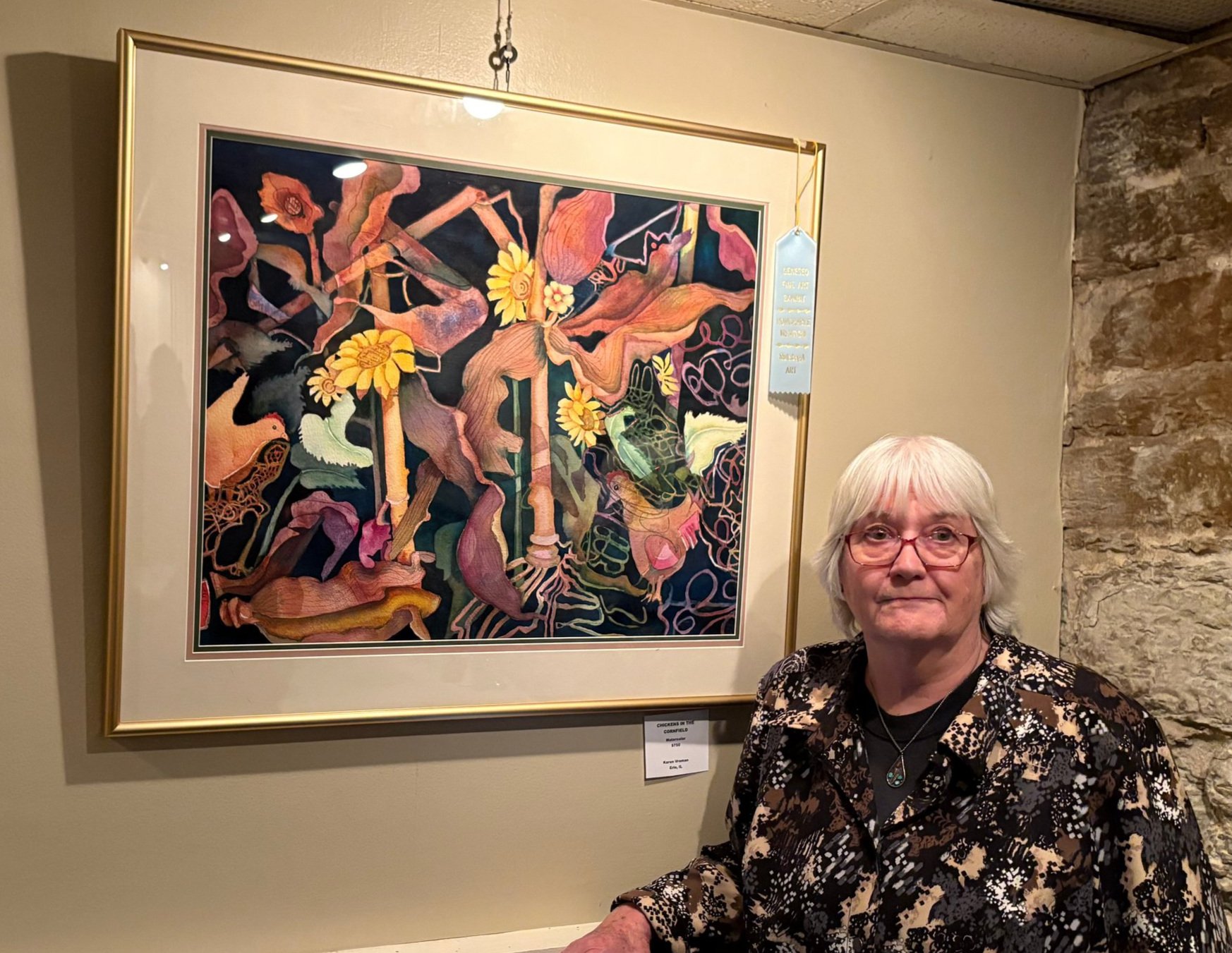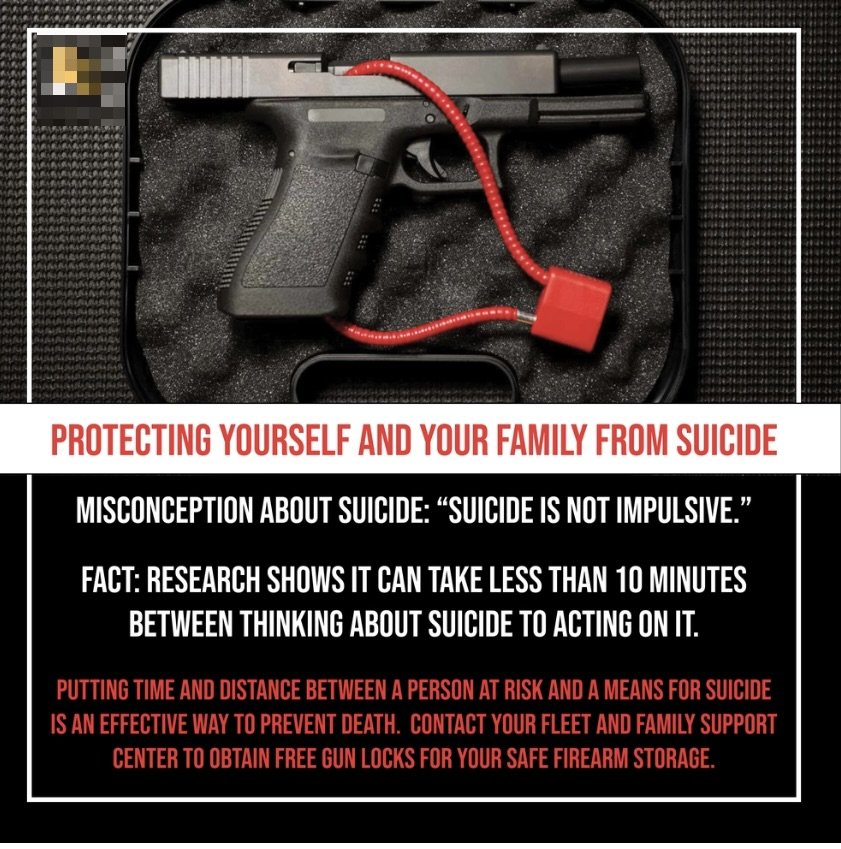The Benefits of Preplanning Your Funeral: Why It's a Smart Choice
In life, there are few certainties, but one of them is that death will come for us all. While it’s never easy to think about, preplanning your funeral with a trusted funeral provider is one of the most considerate and practical steps you can take for both yourself and your loved ones.
Here are several reasons why preplanning a funeral can be a beneficial choice:
1. Financial Security and Peace of Mind
Funeral expenses are often an unexpected burden, with the average funeral costing thousands of dollars. By preplanning and prepaying for funeral services, you lock in today’s prices and shield your loved ones from inflation. Funeral providers offer flexible payment options, allowing you to spread out the cost, so you can secure financial peace of mind for your family.
2. Relieving Stress for Loved Ones
Planning a funeral is an emotionally charged task, especially during the time of grieving. Preplanning removes the weight of decision-making from your family’s shoulders when they are already coping with loss. By detailing your wishes in advance, you ensure that your family has clear guidance, sparing them from having to guess what you would have wanted.
3. Ensuring Your Wishes Are Honored
One of the greatest benefits of preplanning is the ability to ensure your personal wishes are carried out. Whether you desire a traditional burial, cremation, or even donations to a favorite charity, preplanning allows you to specify every detail. This eliminates the potential for misunderstandings or disagreements among family members about your final arrangements.
4. Personalizing Your Funeral Service
Funerals are not one-size-fits-all. Preplanning gives you the opportunity to craft a ceremony that reflects your personality, values, and preferences. From selecting specific music and readings to choosing flowers and memorial items, you can ensure that your final service is a meaningful reflection of who you are.
5. Easing the Financial Burden on Your Family
Aside from the emotional toll of loss, the financial aspect of a funeral can add stress to an already difficult time. With funeral costs rising, prepaying for services in advance helps your family avoid scrambling to cover unexpected expenses. In many cases, prepaying for a funeral plan also keeps the costs out of probate, which can simplify matters during a time of grief.
6. Reducing Family Disputes
Preplanning your funeral ensures that your wishes are documented and legally binding, which can help prevent disputes between family members. Without clear instructions, disagreements may arise over the details of your funeral. By taking control of these decisions yourself, you minimize the potential for conflict and ensure that your loved ones can focus on remembering you, rather than sorting out the details of your funeral.
7. Providing Emotional Support for Your Family
Most funeral providers offer additional services such as grief counseling and support, which can be invaluable during a challenging time. By prearranging the funeral, you not only help with logistics but also ensure that your family has access to resources that can support them through the grieving process.
8. Flexibility to Adjust Plans
Life is unpredictable, and circumstances change. One of the advantages of preplanning is the ability to modify your plans as needed. Many funeral providers allow you to adjust your choices over time, so if your preferences change, your arrangements can reflect that.
9. Providing a Sense of Control
Death is inevitable, but by preplanning your funeral, you take control of one of life’s most daunting aspects. This provides peace of mind not only for yourself but also for your loved ones, who will appreciate the clarity and guidance you've provided in advance.
In Conclusion
While the idea of preplanning a funeral may feel uncomfortable, it is an act of foresight, compassion, and responsibility. By prearranging your funeral with a trusted provider, you ensure that your wishes are carried out, protect your family from unnecessary financial burdens, and ease the emotional toll on your loved ones during a time of sorrow. It’s a thoughtful and proactive step toward ensuring that, even in death, you can continue to care for those you leave behind.
